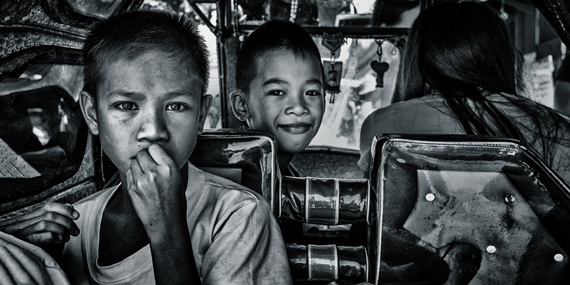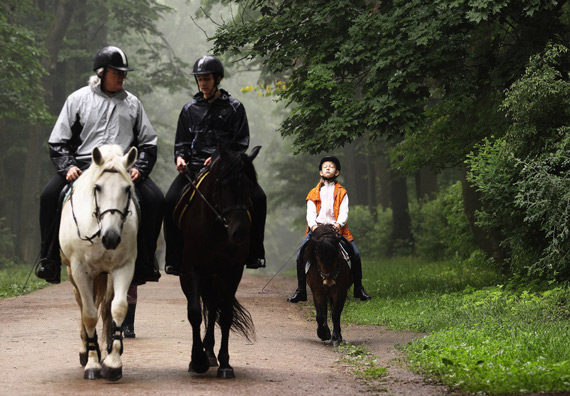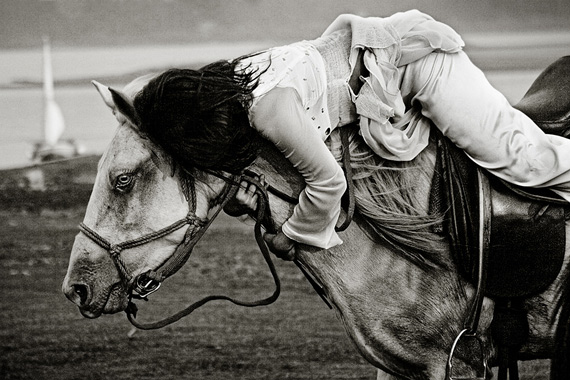Today’s photo tip–make sure all of your photos tell a story–is easy to understand but not so easy to put into practice. The good news is that, like anything else, it gets easier and better with experience.

“Orange Carriages” captured by PictureSocial member Cornelius Rahmadi Witono
In an interview, military photographer of the year, Master Sergeant Jeremy Lock, said that he looks for two things in a photograph: a face and a story. Admittedly, anyone can stumble on a lucky shot where everything falls into place and they win a bunch of awards, but Master Sgt. Lock has won the military photographer of the year six years in a row; he obviously knows what it takes!
Today, we will discuss the storytelling aspect of an award winning photo. This concept is so important that I wanted to talk about it a bit and give you a photo training project.
An award winning image needs more than good exposure, sharp focus, and so on. It needs a story. Something that will engage the viewer and make him or her want to keep looking at the photo–and possibly even get some personal meaning from it. The problem is that it’s difficult to get this quality into your art. It takes being aware that a story is needed and the ability to find that story.

“Bukas Na Kami 8” captured by PictureSocial member Rob Castro
Here’s a project that may help you put the storytelling concept into your photography. For the next few weeks, every time you think about it, look around and ask, “If I had to take only one picture of this, what would be the ideal way to communicate exactly what is happening?” Once you’ve decided the best way to communicate what is happening, ask yourself, “What is the least I could show that would clearly indicate what is happening?” In other words, first try to find the defining image, then strengthen it by eliminating extraneous details.

“Untitled” captured by PictureSocial member Lilia Tkachenko
Do this exercise while at home, at work, driving to and from work, walking the dog–whenever you think of it. Eventually, looking for the story and finding the best way to visually tell the story will become a habit, and it will start to show up in your art.
However, without a thorough grounding in the basics, you cannot hope to master the more advanced concepts. So, of course we’re assuming you know how to get your concepts into the camera with aperture, exposure, composition, and so on. Art can’t happen if you are struggling with the technical details. They have to be almost second nature. If you feel you are weak in these basic areas do whatever you can to learn to control your camera. Practice, take courses, or get a friend to help out.

“Horse Hug” captured by PictureSocial member Thomas Jeppesen
In the meantime start looking at everything around you as a photo story, then decide how you could best tell that story in one photograph.
About the Author:
Dan Eitreim writes for ontargetphototraining.com. He has been a professional photographer in Southern California for over 20 years. His philosophy is that learning photography is easy if you know a few tried and true strategies.
Go to full article: Make Sure Your Photographs Tell a Story
What are your thoughts on this article? Join the discussion on Facebook
PictureCorrect subscribers can also learn more today with our #1 bestseller: The Photography Tutorial eBook
The post Make Sure Your Photographs Tell a Story appeared first on PictureCorrect.
from PictureCorrect http://bit.ly/2Iq7KsX
via IFTTT






0 kommenttia:
Lähetä kommentti